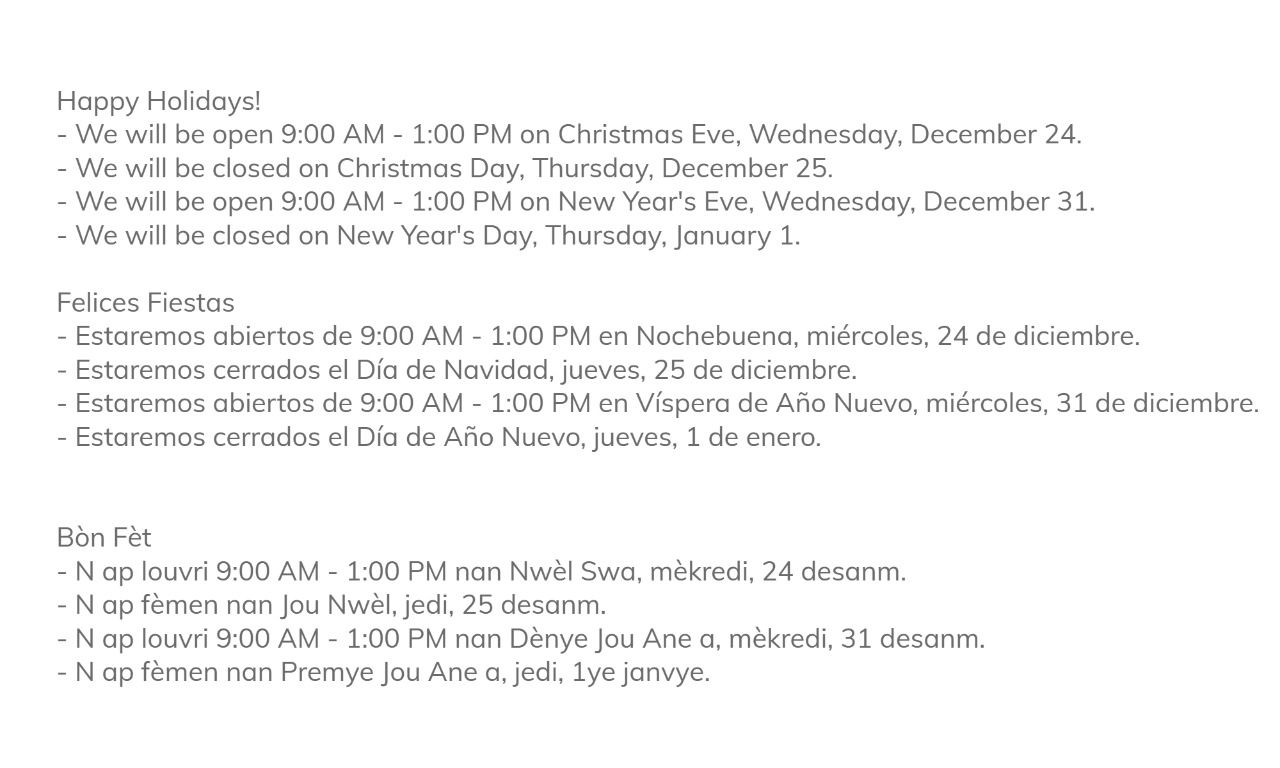Le passage du Dream & Promise Act en House est un premier pas vers la résidence pour les Dreamers et les détenteurs de TPS
- La promulgation reste incertaine
La Chambre des représentants a adopté le Dream and Promise Act par 228 voix contre 197 le 18 mars. Le projet de loi ouvre la voie à la résidence à environ 3 millions d'immigrants. Il couvre les Dreamers – des jeunes venus aux États-Unis lorsqu’ils étaient enfants – et les titulaires d’un statut de protection temporaire (TPS), dont la plupart sont ici depuis des décennies. Ce sont deux segments de la population immigrée pour lesquels le soutien public est le plus large.
Le projet de loi fait face à un avenir incertain au Congrès. Des projets de loi similaires ont été présentés à plusieurs reprises, mais n’ont jamais obtenu l’approbation finale. Le dernier effort échoué remonte à 2019, avec de nombreuses dispositions similaires.
La voie incertaine à suivre
Après le vote d’hier, le Sénat doit adopter sa propre version. Les opposants au Sénat, également divisé, ont une bien plus grande capacité à bloquer ou à retarder un projet de loi pour des raisons de procédure. Il se peut qu'il ne fasse jamais l'objet d'un vote ou qu'il puisse être modifié de manière significative pour obtenir une majorité.
L’augmentation du nombre de migrants et d’enfants non accompagnés traversant la frontière sud permet aux opposants à l’immigration de mobiliser plus facilement leur opposition à toute réforme de l’immigration.
Si le Sénat adopte un projet de loi, les dirigeants de la Chambre et du Sénat devront tenter de négocier un compromis susceptible de remporter des majorités dans chaque chambre. La Chambre et le Sénat devront ensuite approuver le projet de loi de compromis. À chaque étape, il existe une possibilité de retard ou d’échec. Le président Biden signerait ensuite le projet de loi pour le promulguer comme loi.
Quels groupes d’immigrants sont inclus ?
Le Dream and Promise Act comprend une voie de résidence temporaire et permanente pour les personnes qui ont séjourné aux États-Unis de manière continue depuis le 1/1/2021 et qui avaient 18 ans ou moins à leur arrivée pour la première fois. Ils devraient avoir un diplôme d’études secondaires ou GED ou être scolarisés et réussir la vérification de leurs antécédents criminels. On estime que 2,5 millions de Rêveurs pourraient être couverts, selon le Washington Post.
La loi prévoit également d'accorder la résidence permanente aux titulaires du TPS ou du DED s'ils sont aux États-Unis depuis 3 ans et qu'ils étaient éligibles ou bénéficiaient du TPS au 09/2017. Sont également inclus un groupe beaucoup plus petit de titulaires de départ forcé différé (DED) qui se trouvaient aux États-Unis au 20/01/21. Cette partie de la loi bénéficierait à environ 400 000 titulaires de TPS ou de DED.

